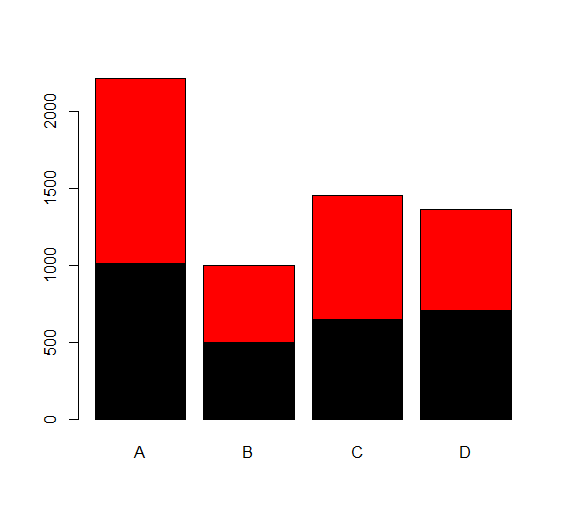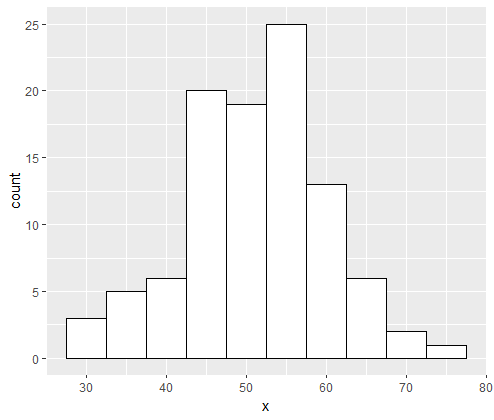Is R or Python Better for Data Science in Bangalore? This, a question that every person who wants to pursue a career in data science has in mind, regardless of how much or little experience they have in the subject.
Ever since the demand for data science professionals in every industry has skyrocketed, the topic of Python or R has become very hot.
This is because both of these programming languages are considered important tools for data science and both are open source and free with a large community.
Top Data Science Applications You Should Know 2023 (datasciencetut.com)
Every day, new libraries and features are being added to both coding languages to simplify or improve the experience of all data science-related tasks.
So, there is no doubt that both programming languages are better and play an important role in data science and each of them has its own pros and cons.
However, if you are new to data science, picking one at first is more than sufficient, and once you have mastered it, you can move on to the next one because the more abilities you have, the greater the demand you will have.
In this article, we will share with you a short overview of both these programming languages and their pros and cons, so that in the end you can easily decide which one you should go with first.
Python: A Short Overview
Python was released to the market in 1991 and its popularity quickly increased due to its ease of learning and writing different codes.
It has a strong reputation in the market these days and is considered an incredibly simple programming language and because of that, it would not be wrong to say that we can do anything with it we envision.
Python was not used much in the field of data science before but with the advent of its libraries like Numpy, Scipy, Pandas, Scikit-learn, it has become the first and foremost choice of all data scientists.
Just like R, Python is not much specialized in statistical computation but it is really helpful and valuable in web scraping, data wrangling, and many more.
How to Turn Off Scientific Notation in R? – Data Science Tutorials
Pros:
- A large supportive community for help, codes, and projects.
- Because of its English-like syntax, it is very easy to read, learn and write.
- It is very productive and many big programs can be done with less code and effort.
- There are more than 200,000 packages available in Python, which is a welcome thing.
- Finding bugs in the program is much easier because Python executes the code line by line.
- It is very easy to integrate not only with libraries but also with other programming languages.
- Just like R, it is also a free and open-source programming language and does not need to pay anything.
Cons:
- Uses a large amount of memory.
- The execution process is slow due to line-by-line code running.
- At the time of interacting with the database, it is not much better.
- Due to weaknesses in mobile computing and browsers, it is not widely used to implement smartphone-based applications.
R: A Short Overview
In addition to being available on the market for the last twenty years, R is one of the most popular and important programming languages used for data analysis and graphics work.
R is a frequently used tool in the field of data science with about 12000 packages available in CRAN.
Besides, to support compelling data visualizations, R has almost every library for analyzing all kinds of data.
Pros:
- No license is required as it is open source.
- R is a cross-platform coding language and its code can run on any OS.
- It is growing rapidly due to its endless benefits and features in data science.
- R is considered the best programming language for developing statistical tools.
- Best for a wide range of machine-learning operations and is a great choice for most data scientists.
- It provides many libraries and packages, such as dplyr and readr to convert the rwy data into an organized format.
Beginner’s Guide to Data Science – Data Science Tutorials
Cons:
- Some basic security lacks can be seen in R.
- More complex than Python, especially for beginners.
- Another con is that it is slower than the Python
Conclusion:
Finally, it has become clear that both R and Python are very powerful programming languages in the field of Data and Science.
If you want us to tell you which one is better, then it is not possible because it depends on the requirements and the nature of the work you will do as a data science expert.
But both are very important tools and having a command of either will definitely help you get the job done.
Kickstart your career by enrolling in this Data Science Course in Bangalore.
Guest Article:-360digitmg











